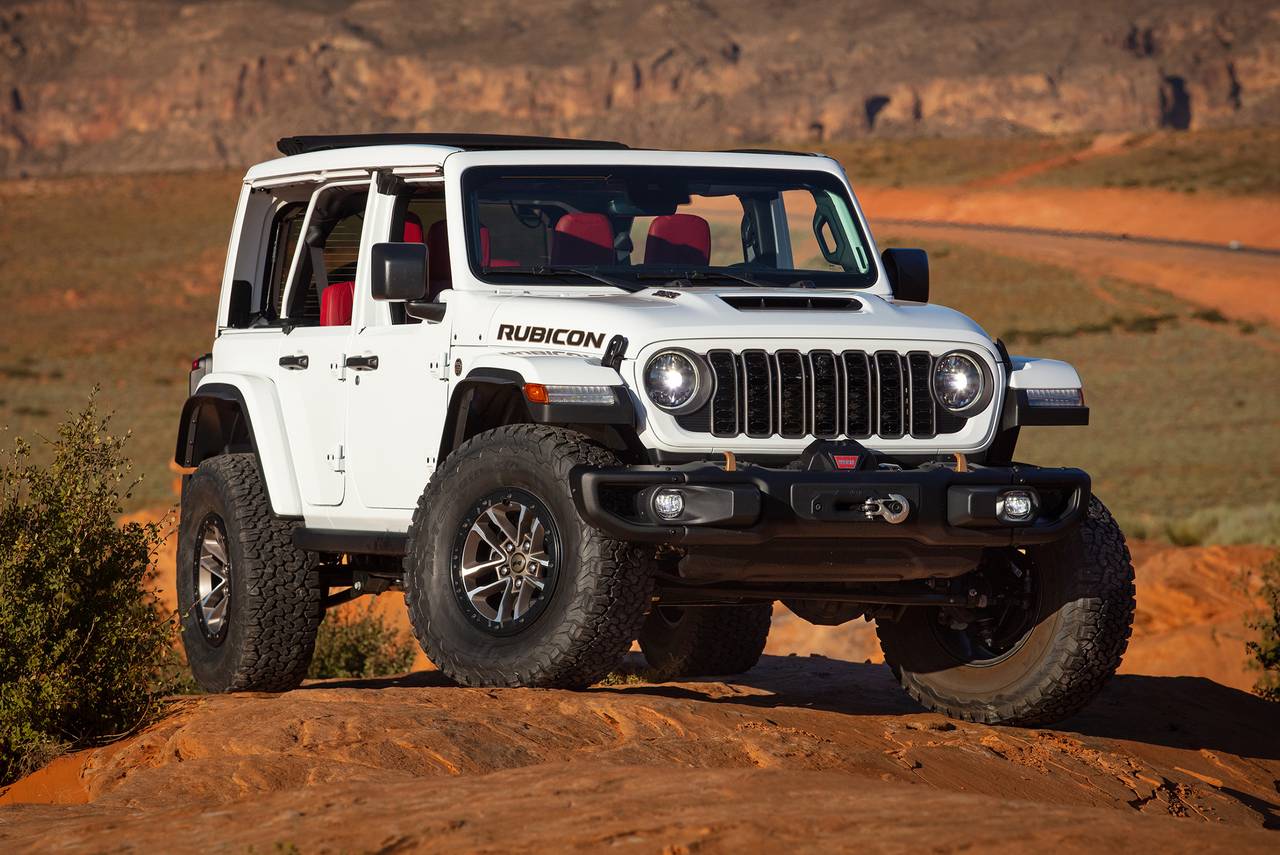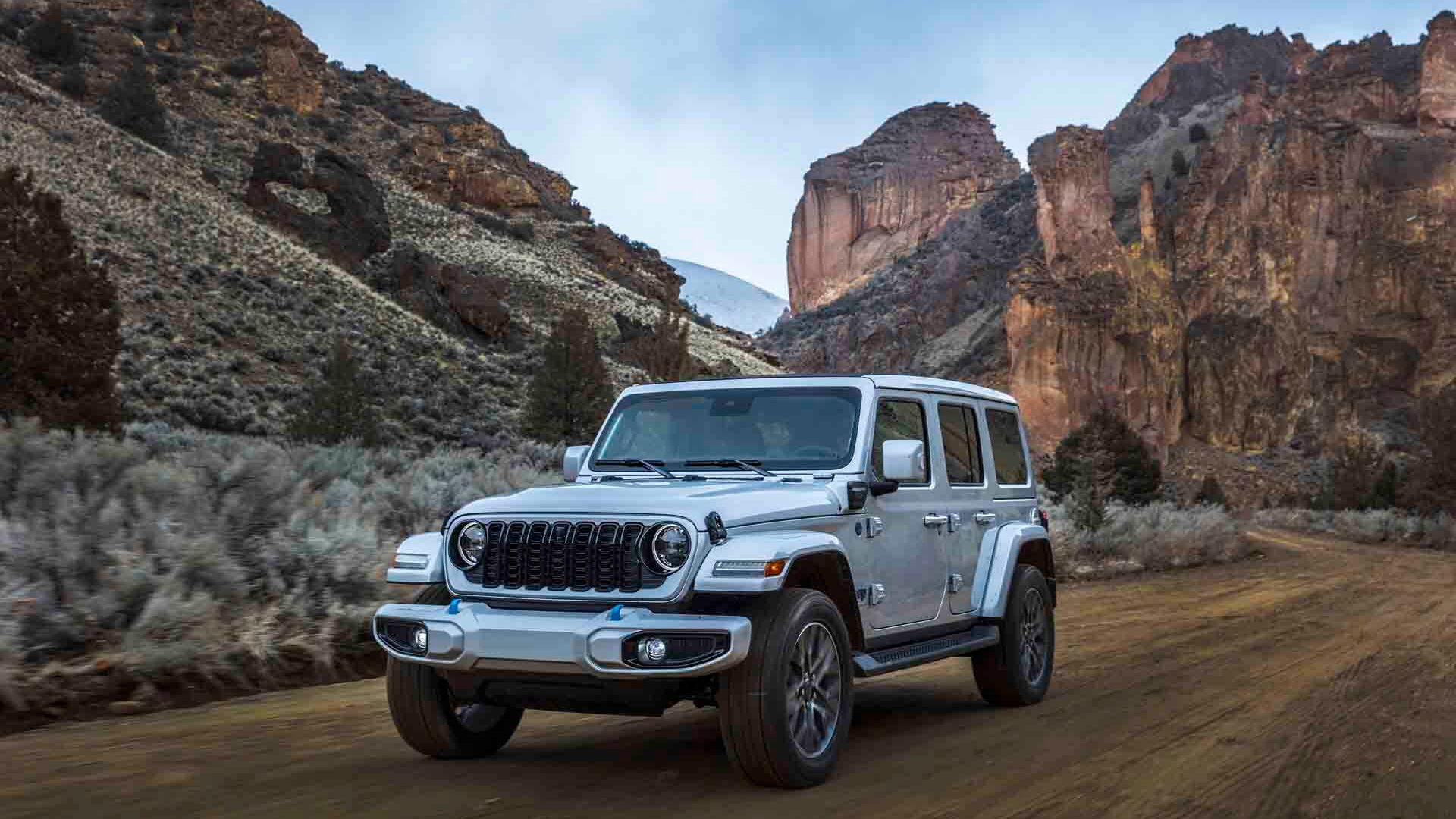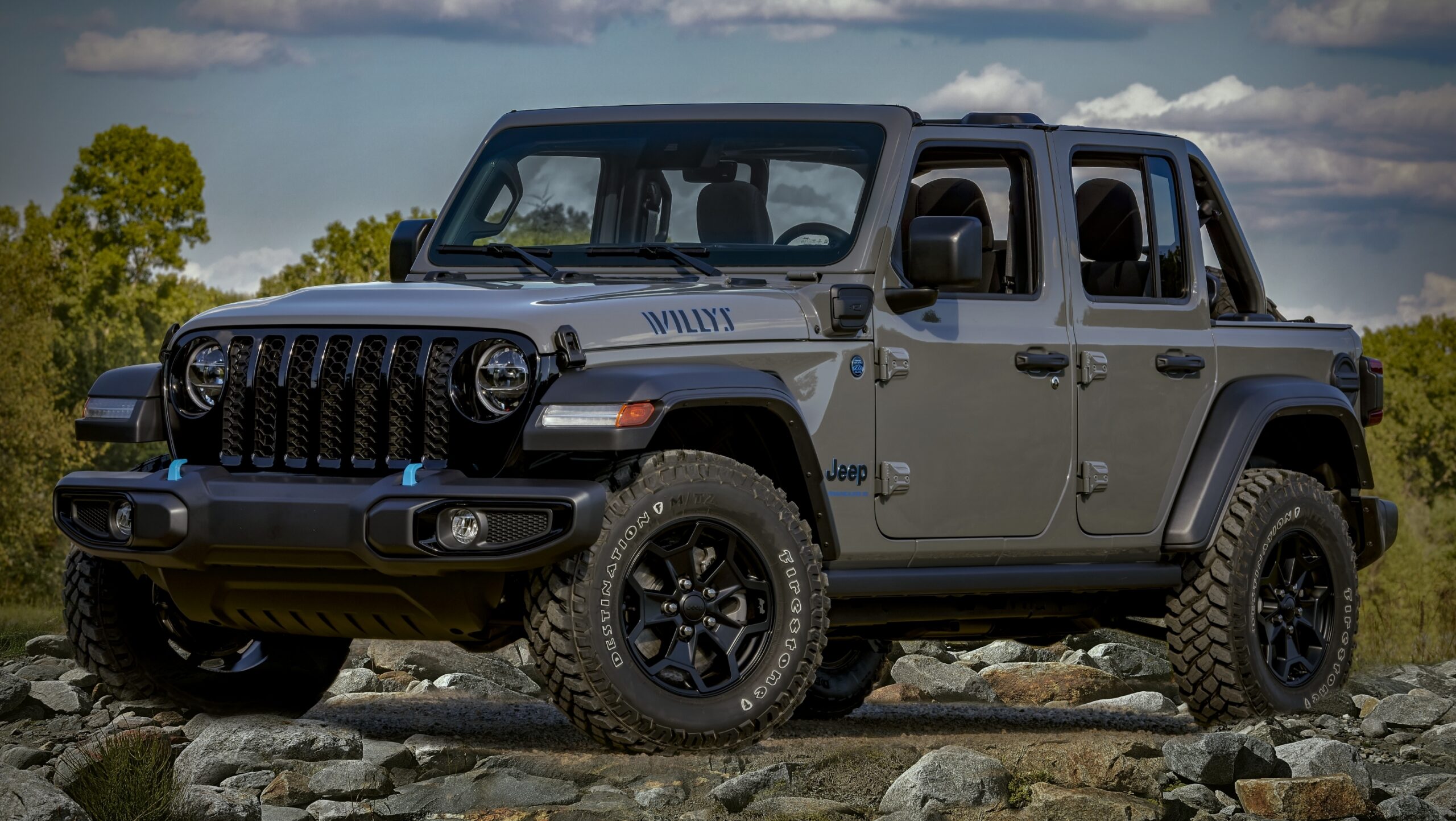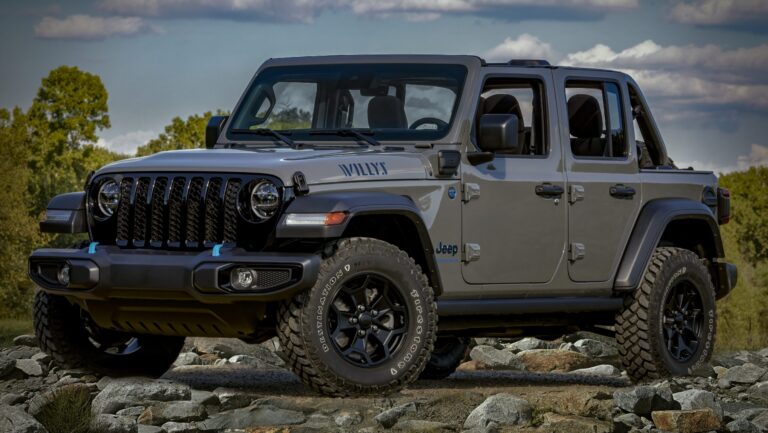Jeep Wrangler 2 Door Manual Transmission
Jeep Wrangler 2 Door Manual Transmission jeeps.truckstrend.com
In an automotive landscape increasingly dominated by automatic transmissions, the Jeep Wrangler 2-door manual stands as a defiant, rugged anomaly. It’s more than just a vehicle; it’s a statement, a connection to the raw, unfiltered essence of off-roading, and a nod to a simpler, more engaged driving experience. For enthusiasts, it represents the purest form of the iconic American legend, offering unparalleled control, direct feedback, and a visceral bond between driver and machine, especially when tackling challenging terrain. This comprehensive guide will delve into every facet of the Jeep Wrangler 2-door manual transmission, exploring its enduring appeal, mechanical prowess, practical driving tips, and what makes it a truly unique choice for adventurers worldwide.
The Enduring Appeal of the Manual Wrangler
Jeep Wrangler 2 Door Manual Transmission
The decision to opt for a manual transmission in a Jeep Wrangler 2-door is rarely one of convenience; it’s a deliberate choice driven by passion and a desire for ultimate control. While automatic transmissions offer ease of use, particularly in urban environments, the manual transmission provides a level of engagement that modern automatics simply cannot replicate.
For many, the manual Wrangler embodies a nostalgic connection to traditional off-roading. It demands attention, skill, and an intuitive understanding of the vehicle’s mechanics. Each gear shift, each modulation of the clutch, becomes an integral part of the driving experience, transforming mundane commutes into active adventures and challenging trails into rewarding exercises in precision. This direct interface with the powertrain allows drivers to perfectly manage torque delivery, optimize engine braking, and navigate delicate situations with a finesse that only a manual can offer. It’s about feeling every nuance of the terrain, responding instantaneously, and truly becoming one with the trail.
Mechanicals and Performance: A Deep Dive
The Jeep Wrangler 2-door manual transmission has evolved through different generations, each offering a robust and capable gearbox designed to withstand the rigors of off-road abuse.
-
Current Generation (JL): The latest iteration of the Wrangler, the JL, typically features the Aisin D478 6-speed manual transmission. This unit is paired with the venerable 3.6L Pentastar V6 engine, offering a well-balanced combination of power and control.
- Gear Ratios: The manual transmission’s gear ratios are carefully calibrated to provide excellent crawl capabilities when paired with the Wrangler’s transfer case (Command-Trac or Rock-Trac). The low first gear and impressive reverse gear ratios, combined with a low-range transfer case, result in extremely high "crawl ratios." This is crucial for slow, precise movements over rocks and obstacles, allowing the driver to maintain control without excessive throttle input or clutch slippage.
- Performance: While automatics often boast quicker 0-60 times, the manual Wrangler offers a more direct power delivery feel. Fuel economy figures are often comparable to their automatic counterparts, though real-world mileage can vary significantly based on driving style and terrain. The key performance advantage lies in the driver’s ability to precisely select the optimal gear for any given situation, maximizing torque and engine braking exactly when needed.


Previous Generations (JK, TJ): Earlier models like the JK (2007-2018) often featured the NSG370 6-speed manual, while the TJ (1997-2006) commonly used the NV3550 5-speed manual or the AX-15 5-speed manual. Each of these transmissions was chosen for its durability and suitability for the Wrangler’s intended purpose, further cementing the manual’s legacy in the Jeep lineage.
Mastering the Manual: Driving Tips for On and Off-Road
Driving a manual Wrangler is an art form, especially when venturing off the beaten path. Here are practical tips for both pavement and trail:
On-Road Driving Tips:
- Smooth Clutch Engagement: Practice smooth, consistent clutch release to avoid jerky starts. Find the friction point and apply gentle throttle as you release the clutch pedal.
- Anticipate Traffic: Manual transmissions require more foresight in traffic. Downshift early when approaching stops or slowing traffic to avoid excessive braking and allow for smoother acceleration once clear.
- Hill Starts: Use the handbrake method on steep inclines: engage the handbrake, put the vehicle in first gear, find the friction point with the clutch while applying throttle, then release the handbrake as you accelerate. Many modern Wranglers also feature Hill Start Assist, which briefly holds the brakes.
- Engine Braking: Learn to downshift effectively to use the engine’s compression to slow the vehicle, saving your brakes, especially on long descents.
Off-Road Driving Tips:
- Utilize Low Range (4L): For technical trails, engage 4-Low. This dramatically multiplies torque and slows down the vehicle’s effective speed, making precise movements easier. In 4L, the crawl ratio becomes paramount, often allowing you to release the clutch entirely in first gear and simply "idle" over obstacles with minimal throttle.
- Clutch Control in Technical Terrain:
- Feathering: On challenging obstacles like rock crawling, you’ll often need to "feather" the clutch – partially engaging and disengaging it rapidly – to maintain momentum without spinning tires or stalling. This takes practice.
- Avoid Excessive Slippage: While feathering is necessary, try to minimize prolonged clutch slippage, as it generates heat and accelerates wear. Use low range effectively to reduce the need for excessive clutch work.
- Stall Recovery: Stalling happens to everyone, especially off-road. If you stall, immediately press the clutch in, apply the brake, and restart the engine. Do not panic. If on an incline, ensure you’re secure before restarting.
- Engine Braking on Descents: Manual transmissions excel at controlled descents. Engage a low gear (e.g., 1st or 2nd gear in 4L) and let the engine’s compression slow the vehicle. This prevents brake fade and allows for safer, more controlled descents.
- Momentum in Mud/Sand: In soft terrain, you might need to carry more momentum. This often involves selecting a higher gear (e.g., 2nd or 3rd) to prevent bogging down and maintaining consistent throttle. The manual allows you to hold a gear without unwanted upshifts.
- Spotter Communication: When navigating extreme terrain, clear communication with a spotter is crucial. They can guide your wheel placement and help you anticipate obstacles, making clutch and throttle modulation easier.
Benefits and Challenges
Choosing a manual Wrangler comes with a distinct set of advantages and a few considerations:
Benefits:
- Unparalleled Driver Engagement: The most significant benefit. You are an active participant in the driving process, leading to a more immersive and rewarding experience.
- Enhanced Off-Road Control: Precise control over power delivery, gear selection, and engine braking is invaluable in technical off-road situations.
- Simplicity and Durability: Manual transmissions generally have fewer complex electronic components than modern automatics, often leading to simpler maintenance and robust reliability.
- Cost-Effective: Manual transmission options are typically less expensive than their automatic counterparts, offering a slight saving on the initial purchase price.
- Unique Driving Feel: For purists, the tactile feedback of shifting gears is irreplaceable.
Challenges:
- Steeper Learning Curve: New manual drivers will require practice to master clutch control, especially off-road.
- Fatigue in Heavy Traffic: Constant clutch-in, clutch-out in stop-and-go traffic can be tiring.
- Potential for Stalling: Inexperienced drivers might stall more frequently, especially on challenging terrain, which can be frustrating.
- Less Common: Manual Wranglers are a niche market, making them harder to find on dealer lots or in the used car market compared to automatics.
- Clutch Wear: The clutch is a wear item and will eventually need replacement. Its lifespan depends heavily on driving style and terrain.
Important Considerations When Buying
If you’re considering a Jeep Wrangler 2-door with a manual transmission, keep these points in mind:
- Test Drive Thoroughly: Pay close attention to clutch feel (engagement point, pedal weight), shifter feel (smoothness, precision), and any unusual noises. Test it in various scenarios, including hill starts.
- Understand Your Driving Habits: If your daily commute involves heavy traffic, weigh the enjoyment of a manual against potential fatigue. If off-roading is your primary goal, the manual’s benefits shine.
- Maintenance: Be prepared for eventual clutch replacement. While not an everyday occurrence, it’s a significant maintenance item. Proper driving techniques (avoiding excessive clutch slipping) can greatly extend its life.
- Generational Differences: Research the specific manual transmission offered in the model year you’re considering, as their characteristics can vary.
- Resale Value: While enthusiasts seek them, the broader market often prefers automatics, which can sometimes impact resale value, though for a niche vehicle like a manual Wrangler, demand can remain strong among specific buyers.
Jeep Wrangler 2-Door Manual Transmission: Example Pricing Table (New JL Models)
Please note that these are starting MSRPs for the current model year (JL) in the United States and do not include destination charges, taxes, registration fees, optional equipment, or dealer markups. Prices are subject to change by manufacturer. Actual transaction prices will vary.
| Trim Level (2-Door) | Engine Type | Transmission Type | Starting MSRP (Approx. USD) | Key Features (Manual Focus) |
|---|---|---|---|---|
| Sport | 3.6L Pentastar V6 | 6-Speed Manual | $32,000 – $34,000 | The entry point to manual Wrangler ownership. |
| Willys | 3.6L Pentastar V6 | 6-Speed Manual | $36,000 – $38,000 | Adds off-road features like larger tires, rock rails. |
| Rubicon | 3.6L Pentastar V6 | 6-Speed Manual | $46,000 – $48,000 | Ultimate off-road capability with locking differentials, sway bar disconnect. |
Disclaimer: Prices are estimates based on general market information at the time of writing and should be verified with an official Jeep dealer.
Frequently Asked Questions (FAQ)
Q: Is the manual transmission good for off-roading in a Wrangler?
A: Absolutely. Many experienced off-roaders prefer the manual for its precise control over power delivery, engine braking, and the ability to "feel" the terrain through the drivetrain.
Q: Is it hard to drive a manual Wrangler?
A: If you’re new to manual transmissions, there will be a learning curve. However, with practice, especially in a forgiving vehicle like the Wrangler with its ample torque, it becomes second nature and incredibly rewarding.
Q: Does the manual Wrangler get better fuel economy than the automatic?
A: Not significantly. While manual transmissions can sometimes be more efficient due to less parasitic loss, modern automatics are highly efficient. Real-world fuel economy largely depends on driving style, terrain, and vehicle setup (e.g., larger tires).
Q: Is the manual transmission in the Wrangler reliable?
A: Generally, yes. Jeep’s manual transmissions are known for their robustness and durability, designed to handle the stresses of off-road driving. Regular fluid changes and proper clutch usage contribute to longevity.
Q: Can I flat-tow a manual Wrangler behind an RV?
A: Yes, the manual Wrangler is an excellent choice for flat-towing. Simply follow the manufacturer’s instructions for setting up the transfer case in neutral and the transmission in gear (usually first or reverse, check your owner’s manual).
Q: What’s the typical clutch life expectancy in a manual Wrangler?
A: Clutch life varies greatly depending on driving habits (e.g., city driving vs. highway, aggressive off-roading with lots of slipping). On average, a clutch can last anywhere from 50,000 to over 100,000 miles. Heavy off-roading or excessive clutch slipping will reduce its lifespan.
Conclusion
The Jeep Wrangler 2-door manual transmission is a unique and cherished option for those who seek a deeper connection with their vehicle and the adventure it promises. It’s a choice that speaks to authenticity, a hands-on approach to driving, and an appreciation for the raw capabilities of a true off-road icon. While it demands more from the driver, the rewards – unparalleled control, heightened engagement, and the pure joy of mastering a challenging machine – are immeasurable. In a world increasingly automated, the manual Wrangler stands as a testament to the enduring spirit of driving, offering an unfiltered, immersive experience that connects you directly to the trail and the legendary heritage of the Jeep name. For the purist, the adventurer, and the driver who truly wants to be in command, the 2-door manual Wrangler remains the ultimate expression of freedom.




